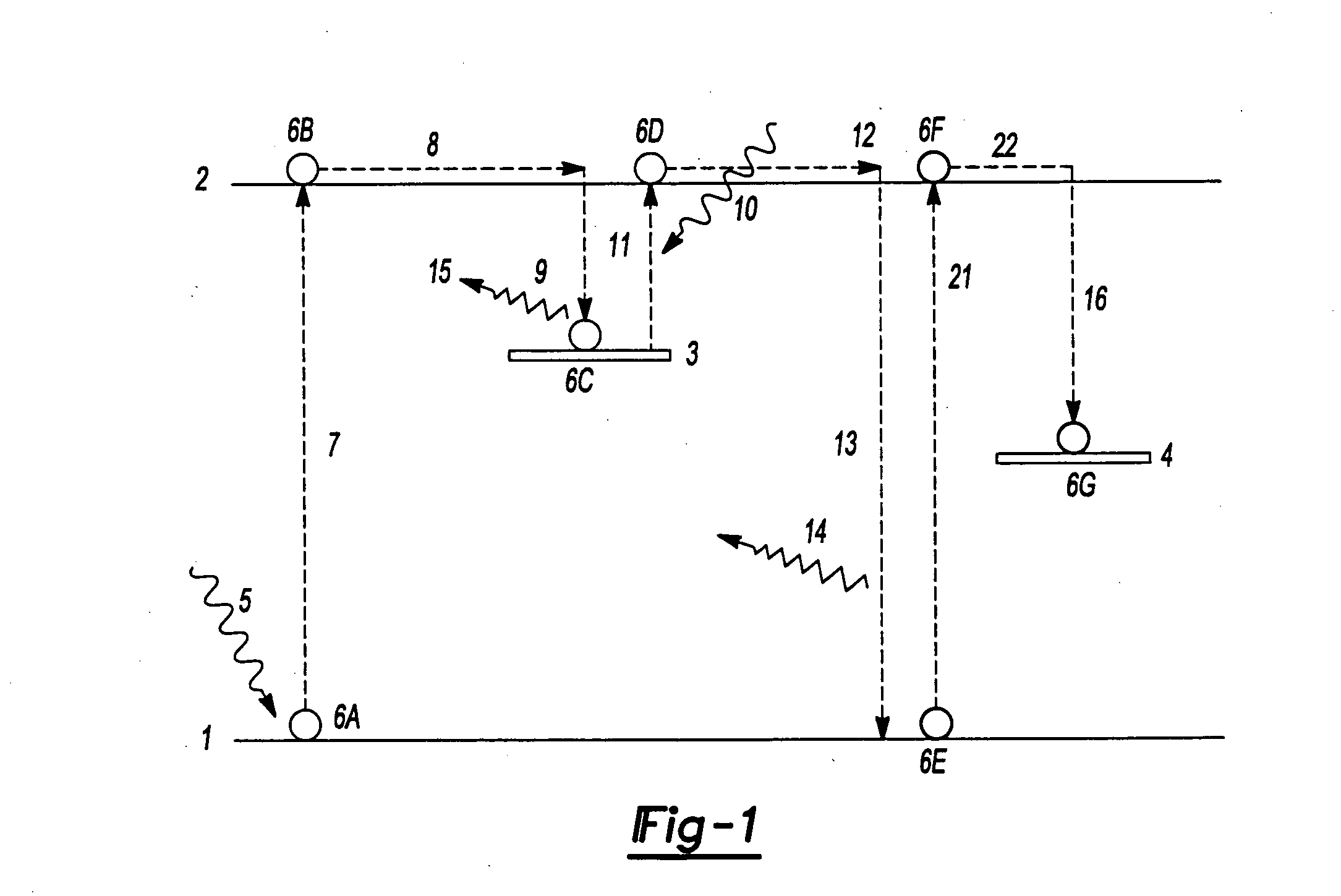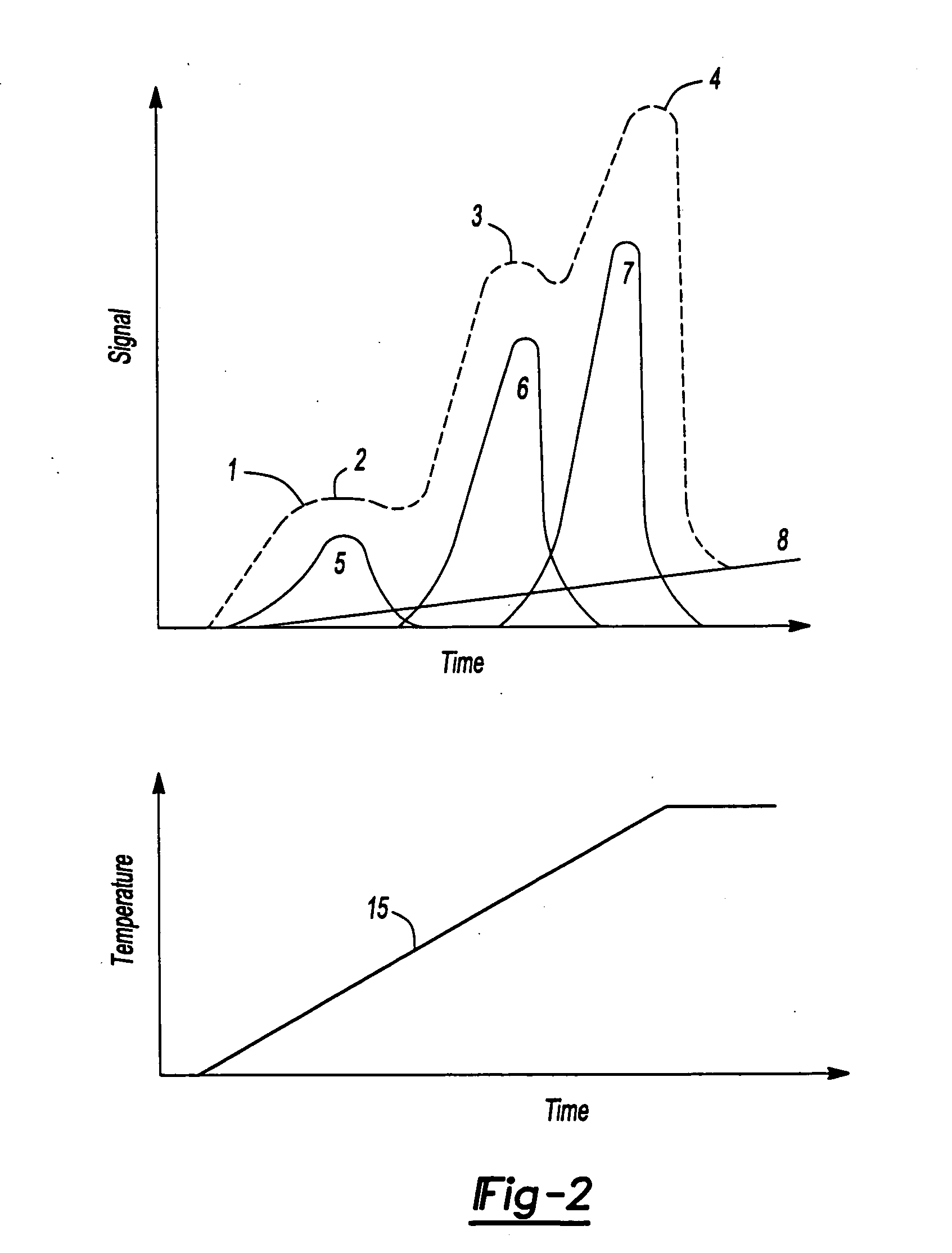Integrative and real-time radiation measurement methods and systems
a radiation measurement and real-time technology, applied in the field of ionizing (nuclear) radiation detection, can solve the problems of fading of osl signals, detectors cannot distinguish between chronically- and acutely-delivered doses, and stored signals in tl detectors tend to “fade”
- Summary
- Abstract
- Description
- Claims
- Application Information
AI Technical Summary
Benefits of technology
Problems solved by technology
Method used
Image
Examples
Embodiment Construction
[0039]The following description is merely exemplary in nature and is not intended to limit the present disclosure, application, or uses.
Desirable Characteristics of Methods and Systems
[0040]One of the most important performance characteristics of a practical radiation detection system is its ability to detect small amounts of radiation, which is often associated with shielded devices. This capability is typically referred to as “sensitivity”. The radiation detection sensitivity for traditional radiation detection systems is determined by the total number of “counts” for some systems or the instantaneous count rate for others. Thus the duration of time during which an object is examined is critical for being able to detect small amounts of radiation.
[0041]While extending observation times is possible in the laboratory environment, it is more difficult in a field environment where the background radiation may be high or changing, and the object may be large in size. Some detectors (fo...
PUM
 Login to View More
Login to View More Abstract
Description
Claims
Application Information
 Login to View More
Login to View More - R&D
- Intellectual Property
- Life Sciences
- Materials
- Tech Scout
- Unparalleled Data Quality
- Higher Quality Content
- 60% Fewer Hallucinations
Browse by: Latest US Patents, China's latest patents, Technical Efficacy Thesaurus, Application Domain, Technology Topic, Popular Technical Reports.
© 2025 PatSnap. All rights reserved.Legal|Privacy policy|Modern Slavery Act Transparency Statement|Sitemap|About US| Contact US: help@patsnap.com



